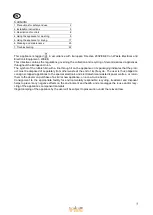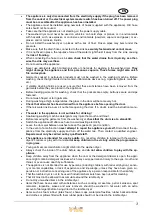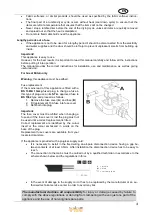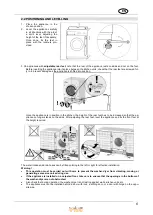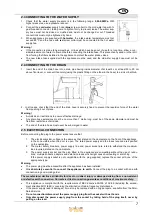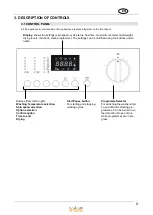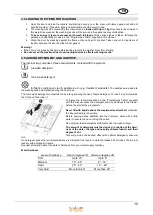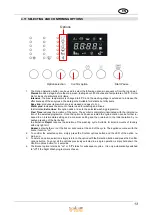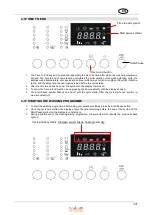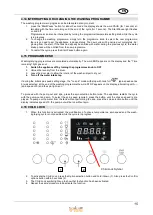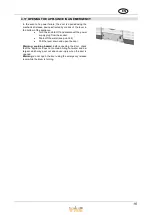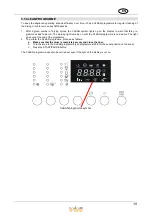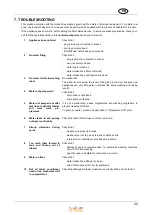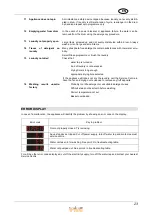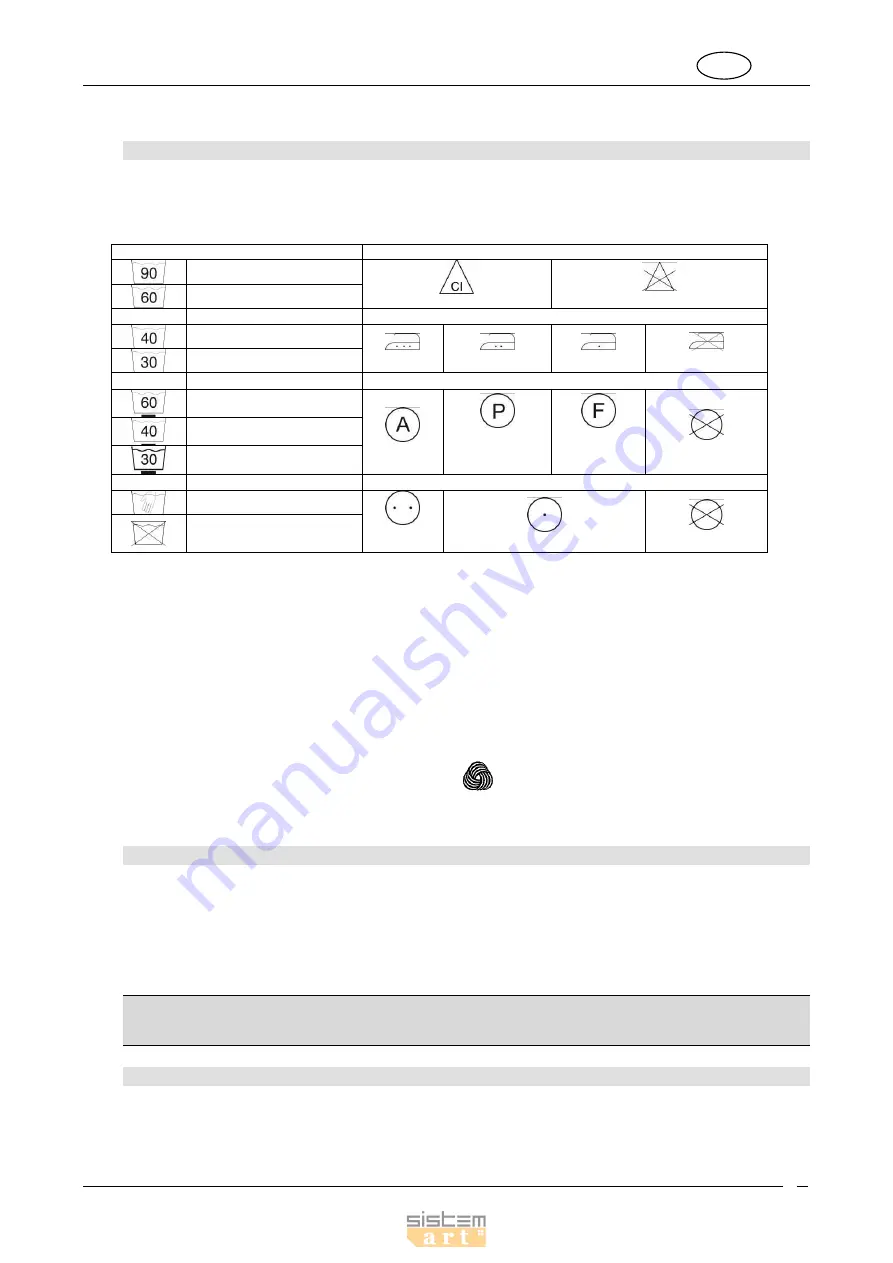
EN
9
4. USING THE APPLIANCE FOR WASHING
4.1 PREPARING THE ITEMS FOR WASHING
1. Subdivide the items for washing by fabric type and colour fastness.
2. Wash white and coloured items separately. New coloured items should be washed separately the first time.
Normally, items carry labels with washing instructions. The following is a short description of the symbols
used on these labels.
WASHING
BLEACHING
Machine wash at max. 90°C
Bleaching allowed
Do not bleach
Machine wash at max. 60°C
IRONING
Machine wash at max. 40°C
Hot iron
Warm iron
Cool iron
Do not iron
Machine wash at max. 30°C
DRY CLEANING
Machine wash, delicate cycle
at max. 60°C
Any solvent
Any solvent ex-
cept trichloroe-
thylene
Petroleum
solvent and
R113
Do not dry clean
Machine wash, delicate cycle
at max. 40°C
Machine wash, delicate cycle
at max. 30°C
DRYING
Hand wash
High tem-
perature
Less than 60°C
Do not tumble dry
Do not wash
Warning!
Do not wash unhemmed or torn items as they may fray.
Unrelated items in the wash may damage the garments or parts of the washer-dryer. So: empty pockets and
turn them inside-out, and remove wheels from curtains or wrap them in a mesh bag.
Wash very small items (belts, handkerchiefs, socks, padded bras, etc.) in a white canvas bag. Fasten press-
studs and zips and sew on loose buttons.
The use of modern detergents and the correct washing temperature is generally sufficient to remove stains
from fabrics. However, some difficult stains such as grass, fruit, egg, blood, rust, ballpoint pen, etc. should be
dealt with before washing.
Depending on the type of fabric, there are a large number of commercial
stain removers on the market. In all cases, stains should be cleaned or diluted at once, since the old-
er they are, the harder they are to remove.
Failure to comply with washing guidance symbols may result in damage to the items washed.
Wool
– Only wool marked as pure new wool, with the
mark, or labelled "shrink-proof, machine-washable"
can be washed in a washing machine on the specific programme; other types of wool should be hand-washed or
dry-cleaned.
4.2 OPENING THE DOOR
The appliance is fitted with a safety device which prevents the door from being opened while the programme is in
progress.
1.
Check that all the water has been drained from the tank and the drum is at a standstill.
Warning!
If the washing programme is interrupted, it will be from 3 to 15 minutes before the door can be opened, de-
pending on the temperature reached inside the appliance.
Warning!
The water may still be boiling hot if the wash was at high temperature.
Do not open the door if there is still water in the drum!
4.3 LOADS OF WASHING
As far as possible,
to save electricity, it is more economical to wash complete
loads of the
various types of
fabric
. Shake out the laundry before loading, and alternate large and small items. It is best to weight the load the
first few times, after which you will be able to rely on your experience.


